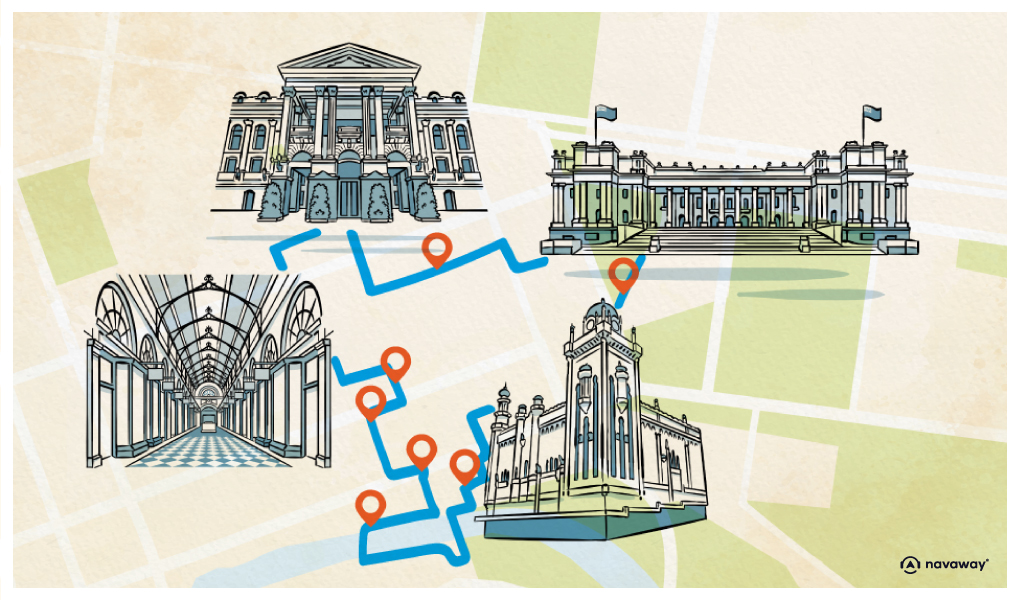
The Parliament
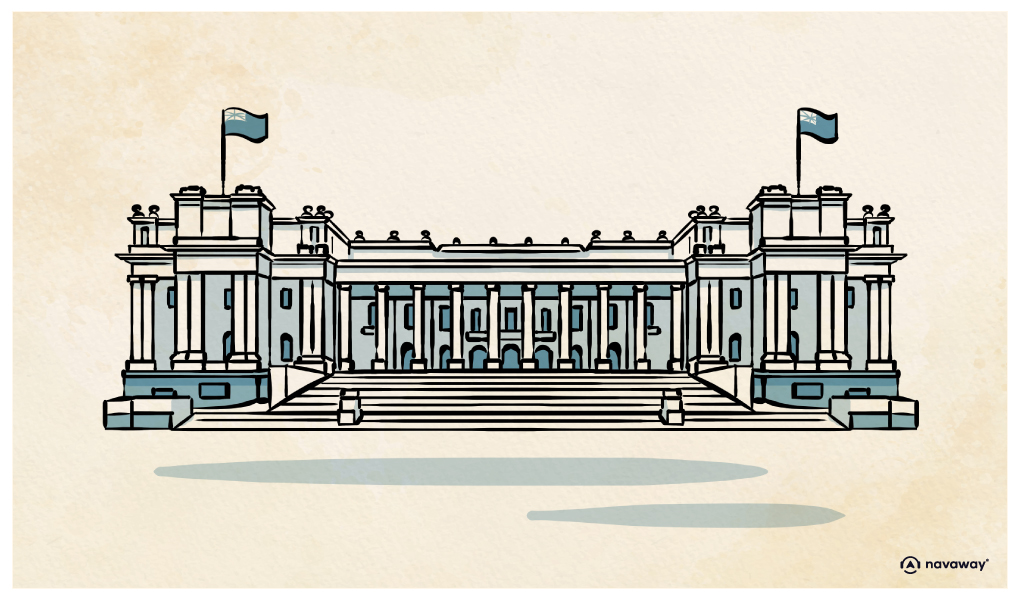
This point of interest is available as audio on the tour: Visit Melbourne, Australia’s sporting and cultural capital
This imposing building before you is the Victorian Parliament. Built in the 19th century, it’s considered one of the finest examples of civil architecture of the British Empire. Victoria became its own colony on August 5, 1850, when the The British Parliament Act, separating the district from the new South Wales, was signed by Queen Victoria. However, it took until 1856 to get a government up and running. This parliament has the power to make laws for the State of Victoria, following, of course, the country’s constitution. The Governor of Victoria is the representative of the Monarch of England in the State of Victoria. Each of the 6 states has its own governor, and they all answer to a Governor-General who represent the Crown of England on Australian territory. The Governor General is appointed by the current monarch, today King Charles III. If Parliament isn’t in session, you can actually tour the inside for free! They have guided tours Monday to Friday. No need to book ahead, just show up and join the next tour available. It’s a great way to see how politics work in the state and Commonwealth countries, all while admiring the opulent decor inside. Back when they built it, Victoria was booming economically, and you can definitely tell by all the gold leaf and fancy moldings! From 1901 to 1927, the building was home to the Federal Parliament, as the new capital envisioned by the Australian constitution did not yet exist! During these years, Victorian parliamentarians, deprived of their offices, had to meet at the Exhibition Hall, and let’s just say, this didn’t sit well with everyone. The Federal Parliament is the legislative branch of the Australian government. It is made up of the monarch, represented by the Governor-General, the Senate and the House of Representatives. Since 1927, its seat has been in Canberra, which was elected the country’s capital to avoid any rivalry between Melbourne and Sydney, the two biggest cities back then. The building is listed on the Victorian Heritage Register, a special register for sites of great historical importance.


Discover Melbourne with app
An interactive guide through the most beautiful streets, squares, and districts
20 fun audioguides full of historical facts, anecdotes, and legends
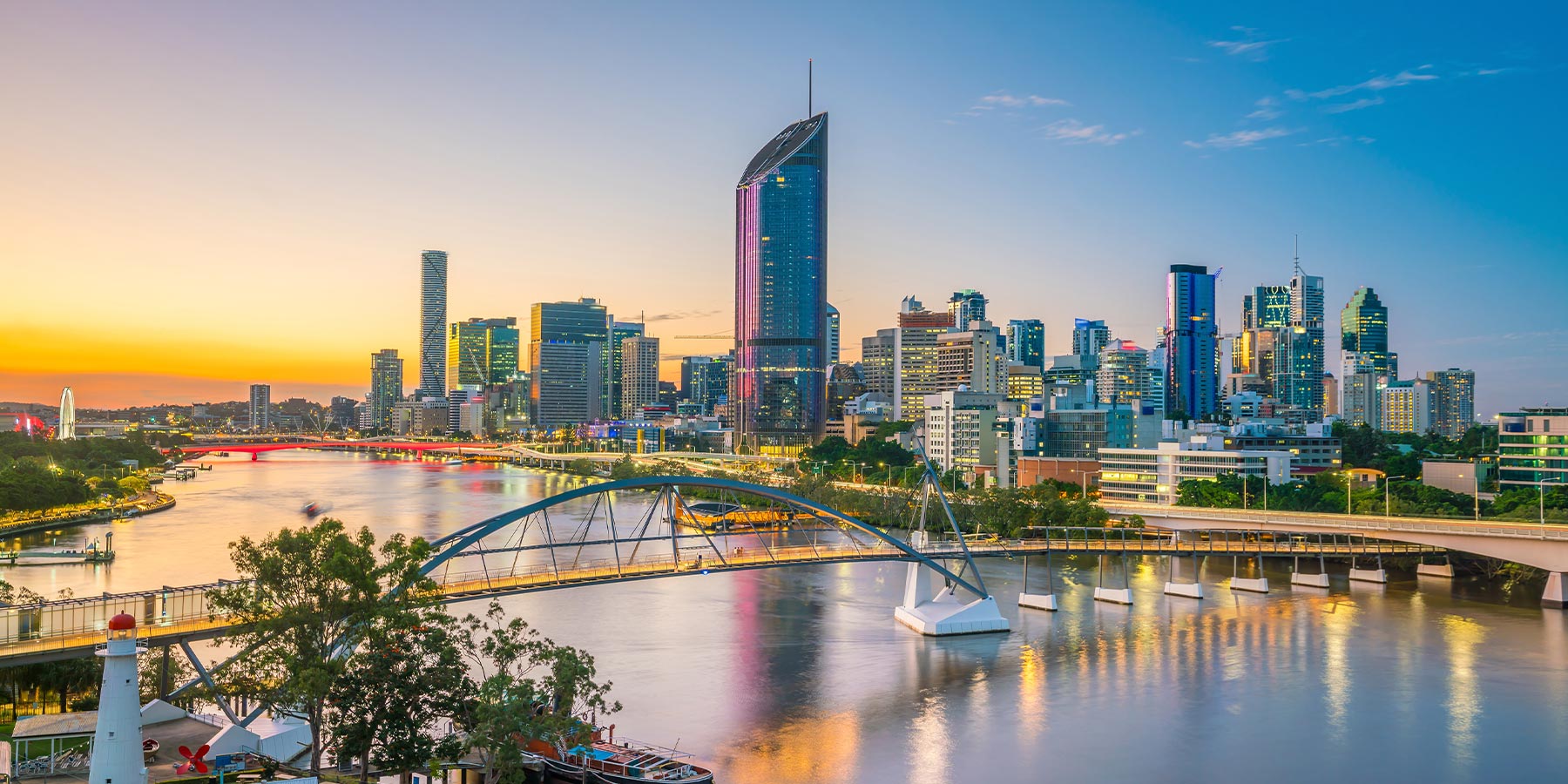
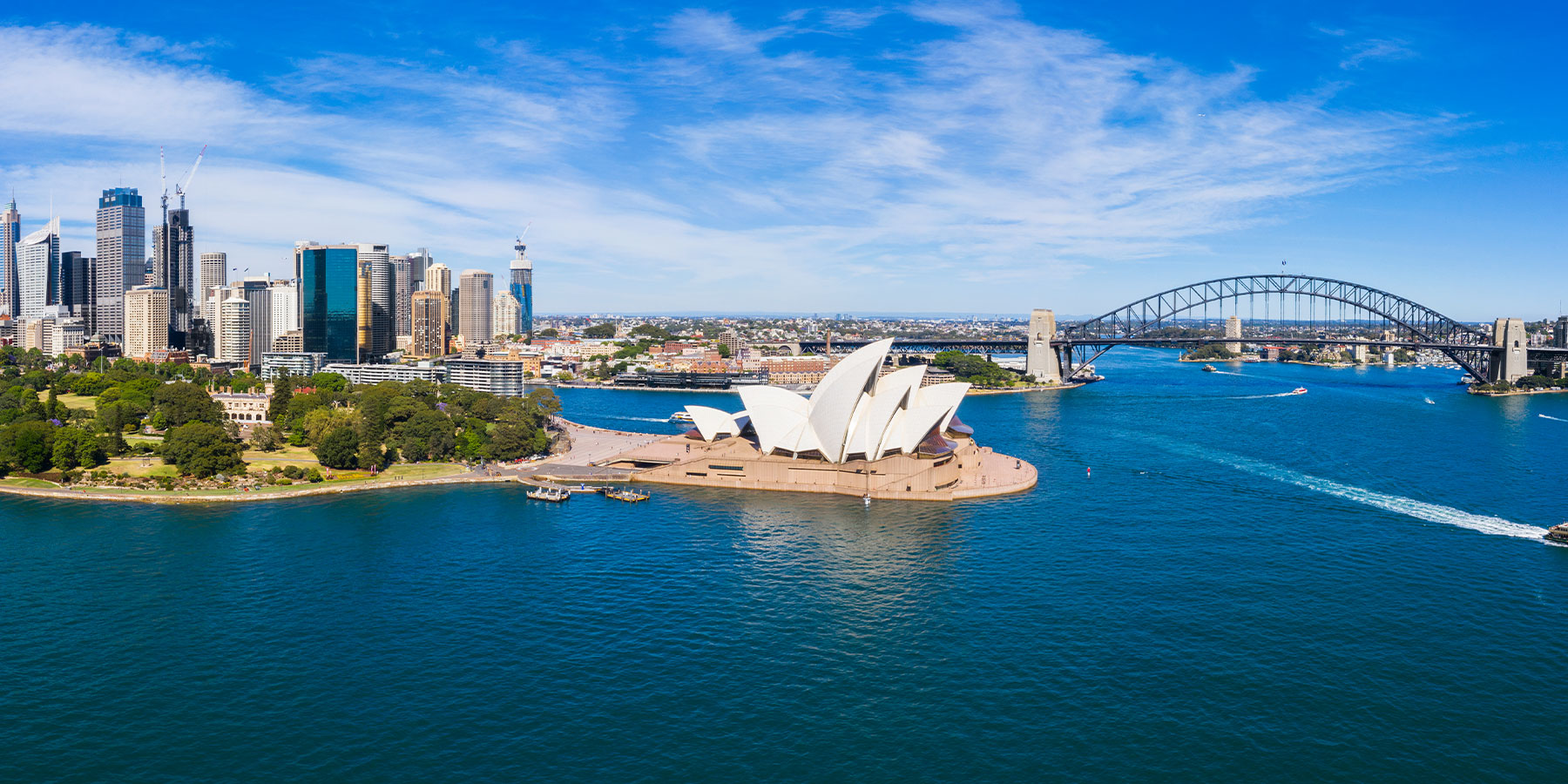
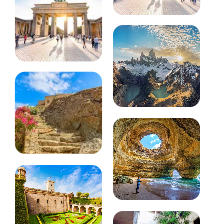

Comments